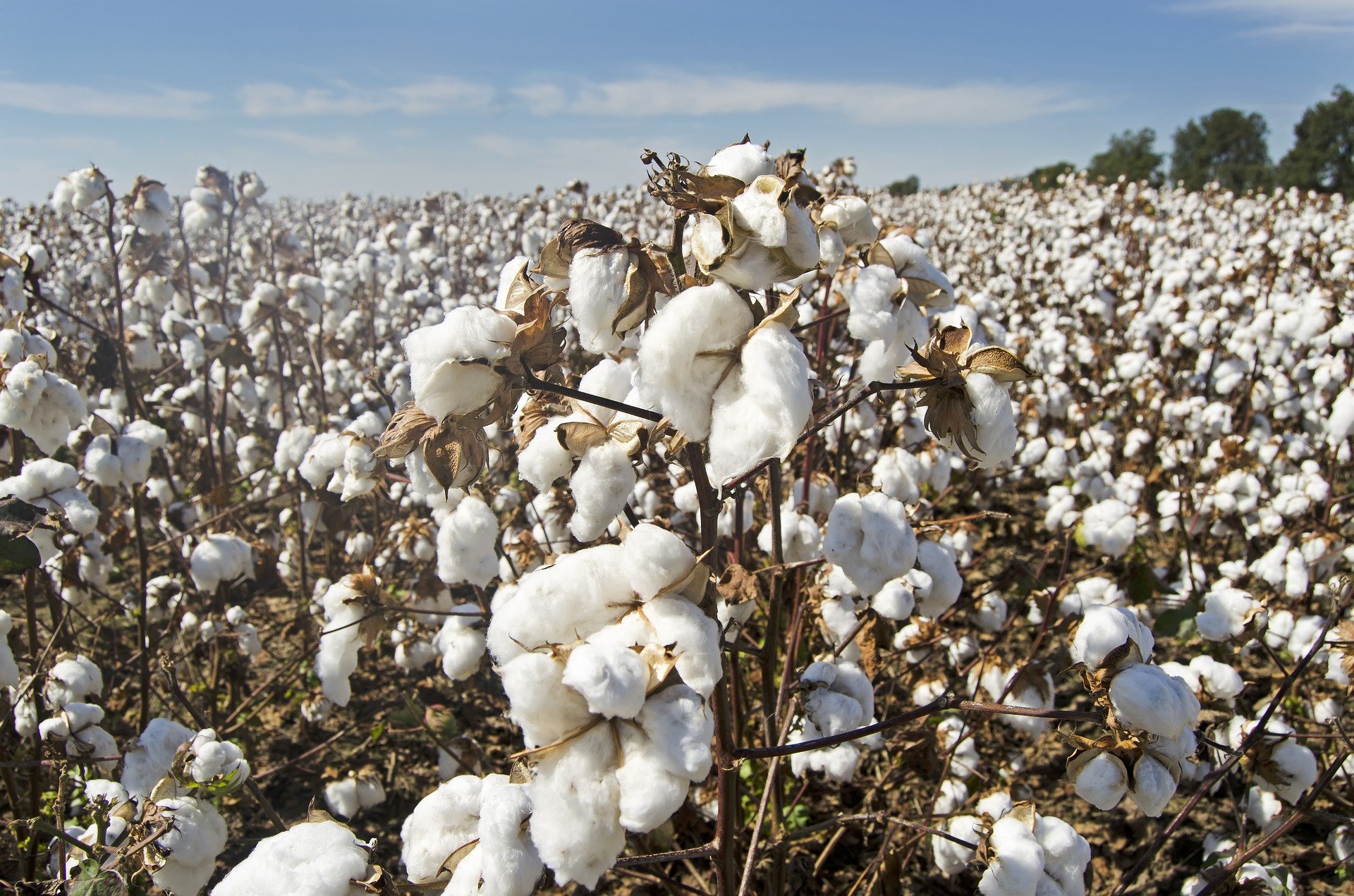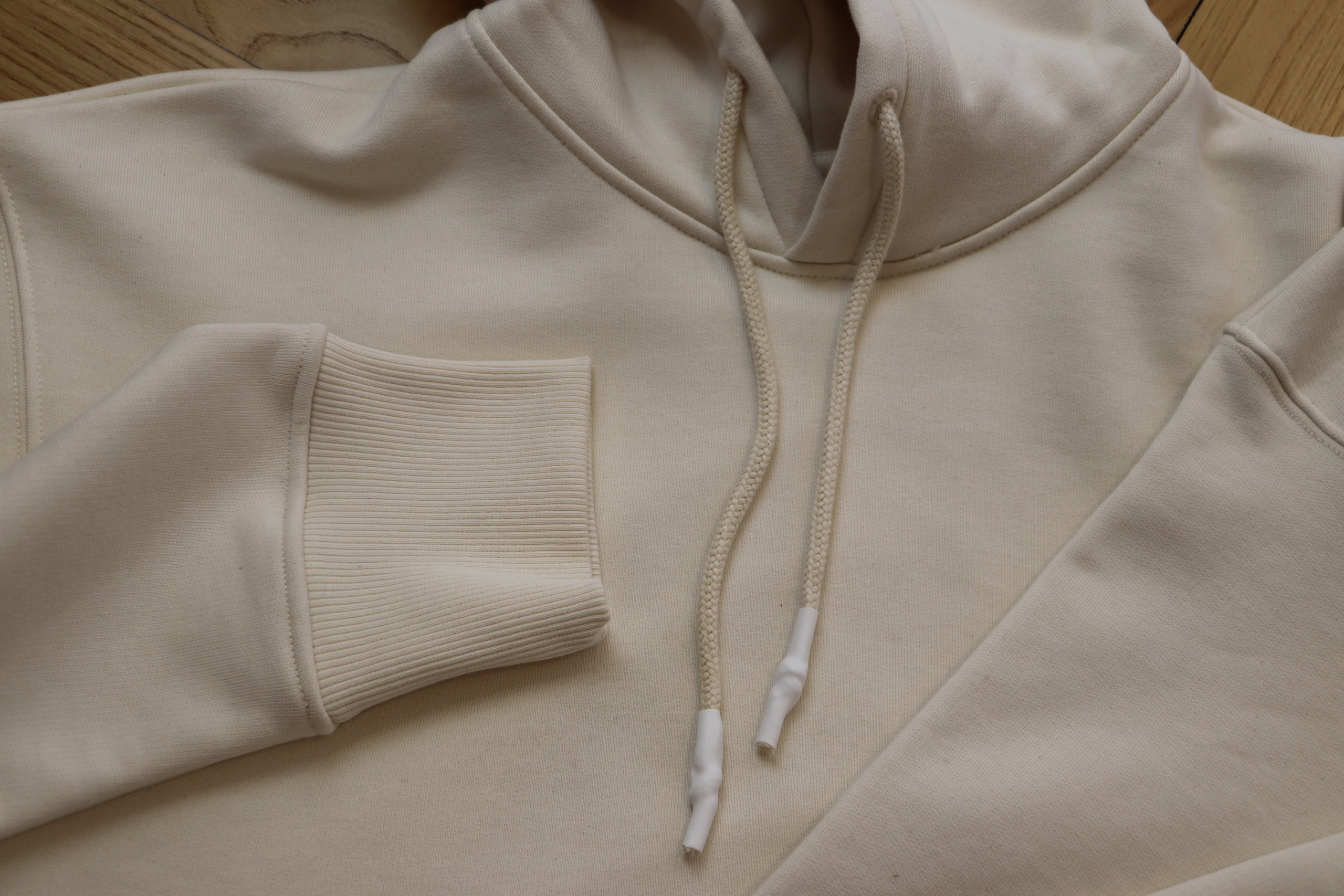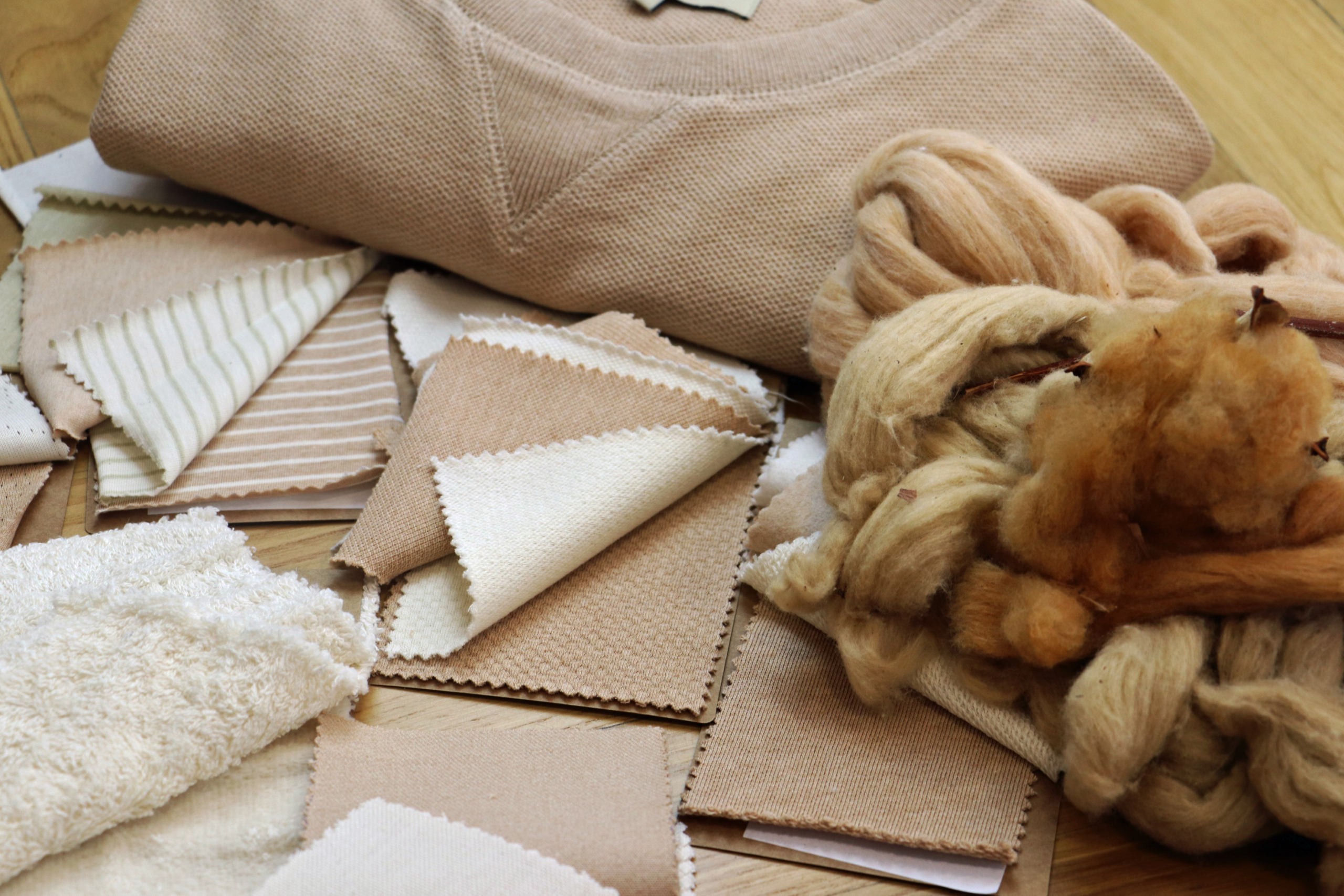Recommendation
Win-Win Textiles recommends moving completely away from conventional cotton as soon as possible. We recommend focusing on Better Cotton from the Better Cotton Initiative (BCI), as this is likely to show the most stable prices over time, and there is plenty of cotton under this standard. Organic cotton under e.g. GOTS, USDA NOP, IFOAM and OCA and responsible concepts such as Fairtrade, Cotton made in Africa (CmiA), Responsible Brazilian Cotton (ABR), Monsanto Better Farming (myBMP) and Cleaner Cotton are all highly recommendable concepts. These are the best of virgin cotton from a sustainability viewpoint and will be summarised as preferred cotton in the following sections. However, they are all niche concepts with low output, and the prices are likely to hike as demand increases. The same accounts for recycled cotton, although this remains the most sustainable cotton option and the best solution for a true circular economy. Therefore, we will focus on Better Cotton, organic cotton and recycled cotton in the following sections.
Win-Win Textiles offers supply chains in conformity with these recommendations both in Portugal and India. Besides this, we recommend brands to implement a reduction of the use of virgin cotton in their material strategies. We offer interesting recycling concepts and will have increased capacity and better prices for recycled cotton towards the end of 2020. Furthermore, we recommend examining if brands can avoid cotton by using more linen, hemp, kapok or other cellulose fibres. By adding a share of these preferred fibres to fabrics, this will limit the use of virgin cotton. Six countries – India, China, USA, Brazil, Pakistan and Uzbekistan – collectively account for approximately 80% of the global cotton production. Other key production regions include Australia, Greece, Turkey, Mexico and Argentina. Preferred cotton was grown throughout 31 countries in 2018-19. Around 95% of all preferred cotton was grown in 10 countries: Brazil, Pakistan, China, India, USA, Côte d’Ivoire, Burkina Faso, Greece, Cameroon and Australia. The biggest Better Cotton producer was India, followed by Pakistan, Mozambique and China. India is also the biggest producer of organic cotton with 51%, followed by China, Kyrgyzstan and Turkey.
The Sustainable Development Goals
When changing to more sustainable cotton concepts, brands will be contributing to the Sustainable Development Goals:
Textile Exchange has related the use of organic cotton to the Sustainable Development Goals in this way:
Production
Conventional cotton
Cotton is grown in cycles of roughly six months. The majority of cotton is planted in spring and harvested from early autumn onwards. Most cotton seeds come from the species Gossypium Hirsutum, but seeds can also be derived from genetically modified (GM) varieties known as Bt cotton, which produces its own insecticide. Cotton is grown under a variety of conditions, thus, depending on the region, cotton is either irrigated (water from local water sources) or rain fed (watered directly by rain water). Irrigation is used in regions of China, Uzbekistan and in South-West USA, whereas farmers in Africa and India largely farm rain-fed cotton. Once ready to be harvested, the cotton is either machine-picked or hand-picked and then put through ginning, a process that removes the cotton seeds, pests, dirt and moisture from the cotton. It is then mixed, carded or combed, drawn, roved and finally ready to be spun into yarn.
Preferred Cotton
Market situation
Conventional cotton
Cotton is the most widespread lucrative non-food crop in the world and by far the most frequently used clothing fibre. It is estimated that half of all textiles are made of cotton. According to the WWF, cotton production provides incomes to more than 250 million people globally, with estimates suggesting that 7% of all labour in developing countries is involved in the cotton industry. Approximately 90% of farmers in developing countries grow cotton on less than two hectares (equivalent to the size of two football pitches) of land. Despite providing employment to so many, conventional cotton is associated with a wide range of social and environmental sustainability issues.
Conventional cotton is used extensively in the clothing and home textile industry and is readily available, making integration straightforward within the supply chain. Conventional cotton is a traded commodity and is not certified. Claims cannot be made, as traceability back to field of the fibre (such as country of origin) cannot be verified. The origin of conventional cotton can be extremely difficult to trace. The complex nature of the cotton supply chain means that transparency is particularly limited.
There are many factors that keep the cost of conventional cotton low. Good availability of large volumes of cotton traded globally, supported by subsidies and quotas that encourage farmers to choose cotton as a crop. Conventional cotton has undergone notable price fluctuations, which are caused by instabilities in the cost of the inputs for cotton such as fertilisers and insecticides, due to changes in oil price and crop shortages, also caused by the weather affecting the amount and quality of cotton that is grown and placed on the market.
Preferred cotton
According to the 2020 Cotton Ranking Report by WWF, PAN and Solidaridad, 21% (*TE 25%) of all cotton produced is categorised as more sustainable; however, only 25% of that is purchased as sustainable cotton. The rest is sold as conventional cotton. This means that only a little above 5% of all cotton in the world is sold as more sustainable. If we break this up by standards, BCI, which represents around 20% of all cotton, has an uptake of only 21% ((*TE 22%) 52% Better Cotton, 48% BCI equivalents such as ABRAPA, CmiA and myBMP). Organic cotton represents only around 0,7% (*TE 0.93%) of all cotton with an uptake estimated at 70-80%, which is good.
* = % according to The Organic Cotton Report 2020 made by Textile Exchange covering the 2018/2019 crop.
Sustainability considerations
Conventional cotton
There are many problems with conventional cotton. When brands use conventional cotton, they are likely to contribute to modern slavery, child labour, poverty, non-registered employment, pollution and health problems, excessive water usage, genetic modification of seeds and irresponsible production methods.
During growing, cotton plants consume approximately 10,700 m3 of water per tonne of fibre. One tonne of fibre is equivalent to making over 6,660 t-shirts. By comparison, a synthetic fibre such as conventional polyester consumes approximately 99% less water (84.1 m3 per tonne of fibre). The amount of water required for cotton production is particularly significant given that more than half of global cotton production happens in regions of high or extremely high water stress. Significant amounts of water are also used in the wet-processing stages of garment production, which includes dyeing, finishing and printing.
In many regions of the world, conventional cotton production relies heavily on petrochemical derived synthetic fertilisers and pesticides. These chemicals are energy intensive to produce, and the embedded carbon in these fertilisers and pesticides during their manufacture contributes significantly to cotton’s carbon footprint. Farmers use synthetic pesticides and nitrogen fertilisers to maximise yields, but there are a number of negative impacts associated with their heavy use. These include biodiversity loss, soil erosion and eutrophication, a process where fertiliser run off from land into surrounding waterways causes excessive algae growth, impacting on aquatic life by reducing the oxygen level in the water. The use of these chemicals not only impacts the environment, but can also affect the health of local workers and communities.
The wet-processing stages of cotton manufacturing use chemicals during the dyeing, finishing and printing process. Polluted water, if not properly treated before being discharged into the local water course, can damage the environment and pollute sources of drinking water. Cotton production and land use is significant; 2.4% of the world’s available crop land is planted with cotton, land that would otherwise be used for food crops. The global nature of cotton production means it is grown under a variety of conditions, and therefore, depending on the region, cotton yields vary. Cotton picking is a labour intensive process and poorly regulated. In some regions of the world, the use of forced and child labour has been widely publicised and continues to be an area of concern. The impact of cotton farming is further increased due to the intense use of chemicals such as pesticides and fertilisers that workers are exposed to. These concerns extend to the ginning process, which can release harmful dust that can be inhaled by unprotected workers.
Preferred cotton
New developments/outlook
Other Virgin Cotton Initiatives
There are several multi stakeholder initiatives accelerating the transition from conventional to preferred cotton. A few examples are the following:
- Chetna Coalition (ChetCo) is piloting a new, collaborative sourcing model for ethical fashion since 2013. In 2019, the initiative published its first Chetna Coalition Brand Impact Report.
- Cotton 2040, founded in 2016, is a platform sharing the vision to accelerate progress and maximise the impact of currently existing sustainable cotton initiatives. Since 2016, it has brought together leading international brands and retailers, sustainable cotton standards and other stakeholders across the value chain.
- CottonConnect, founded in 2009, is an enterprise aiming to transform the cotton industry for good by e.g. training cotton farmers more environmentally friendly farming methods.
- Soil Health Institute (SHI), a nonprofit organization based in the USA, launched “Healthy Soils for Sustainable Cotton” in 2019, a collaborative project to help USA cotton farmers increase their soil health.
- Organic Cotton Accelerator (OCA) is a multi-stakeholder initiative founded in 2016 with the aim to build a prosperous organic cotton sector, which benefits everyone — from farmer to consumer.
Commitments to preferred cotton
There are several multi stakeholder commitments with fixed targets to increase the share of preferred cotton such as the German Partnership for Sustainable Textiles, the 2025 Sustainable Cotton Challenge or Cotton 2040. Companies that signed the Uzbek Cotton Pledge or the Turkmen Cotton Pledge are committed to end the practice of forced labour in the respective country as per May 2020. Last, but not least, 90 companies representing 12.5% of the global fashion industry have signed the Circular Fashion System Commitment in July 2019. The project by the Global Fashion Agenda commits the companies to take action on one or more of four immediate action points — one being to increase the use of post-consumer recycled fibers such as recycled cotton.
Recycled Cotton by Valérius 360°
Valérius 360° is a Portuguese project, which initiated production in November of 2020. Win-Win Textiles has formed a commercial partnership with the group and offers garments made of the yarns. The entire production capacity of 6.500kgs/day of new yarn is processed into garments within the group. The facilities contain three production lines and will provide NE30-36 open-end yarns with good pilling properties and a high quality level. The only virgin input is certified organic cotton, Lyocell and REFIBRE™ by Lenzing™ and SeaCell™ by Smartfiber AG.
We offer brands to process cutting waste from their production partners and make new yarns and garments by adding approximately 50% virgin certified fibres. We handle projects where the cutting waste is collected and shipped to the recycling facilities in Portugal.
Request more information through the contact form on this site. The solutions are available at scale – below some impressions from the production site.

Other Recycled Cotton Initiatives
- Circular Systems Texloop: Texloop™ recycles pre-consumer and post-consumer cotton into high-value materials through a mechanical and hydrothermal process. The result is e.g. a 50% recycled and 50% organic cotton fabric.
- Geetanjali Woolens, founded in the 1980s, is GRS-certified and has been recycling post-consumer used clothing for many years.
- Giotex is a USA based company offering GRS and RCS certified recycled cotton yarns and fabrics from pre-consumer feedstock.
- Hilaturas Ferre recycles cotton waste since 1947. Its RECOVER fibers and yarns consist of 100% recycled fibers. These yarns contain a high percentage of mechanically recycled cotton, which is blended with recycled polyester from PET bottles.
- Saentis launched RCO100 in 2016. RCO100 products are made from 100% pre-consumer recycled cotton yarns without blending.
- Takihyo’s Circular System was launched in 2019 in Japan. It consists of two projects: mechanically recycled pre/post-consumer cotton denims in collaboration with The New Denim Project (TNDP) and the No Waste project that mechanically recycles pre/post-consumer natural fibre-based materials in Thailand.
- The WestPoint Home Hospitality Team recognized the huge circular opportunity in the hospitality industry where most of the products are white, and many are 100% cotton. They have started to take back old sheets and towels for recycling.
Circular economy initiatives
According to the Ellen MayArthur Foundation, 25% of used clothes are collected, but less than 1% of all clothing is recycled back into apparel. At the same time, around 48 million mt of clothes are disposed annually, with around 75% of them landfilled or incinerated. As the global textile production is continuously growing, the concept of a circular economy is the only solution to satisfy the demand sustainably.
The following initiatives support the transition from a linear to a circular fashion industry with different measures: Accelerating Circularity, Circle Economy’s Circle Textile Program, Cradle to Cradle Products Innovation Institute, Ellen MacArthur Foundation’s initiative Make Fashion Circular, Fashion for Good, Fashion Positive, Global Fashion Agenda and Textile Exchange.






